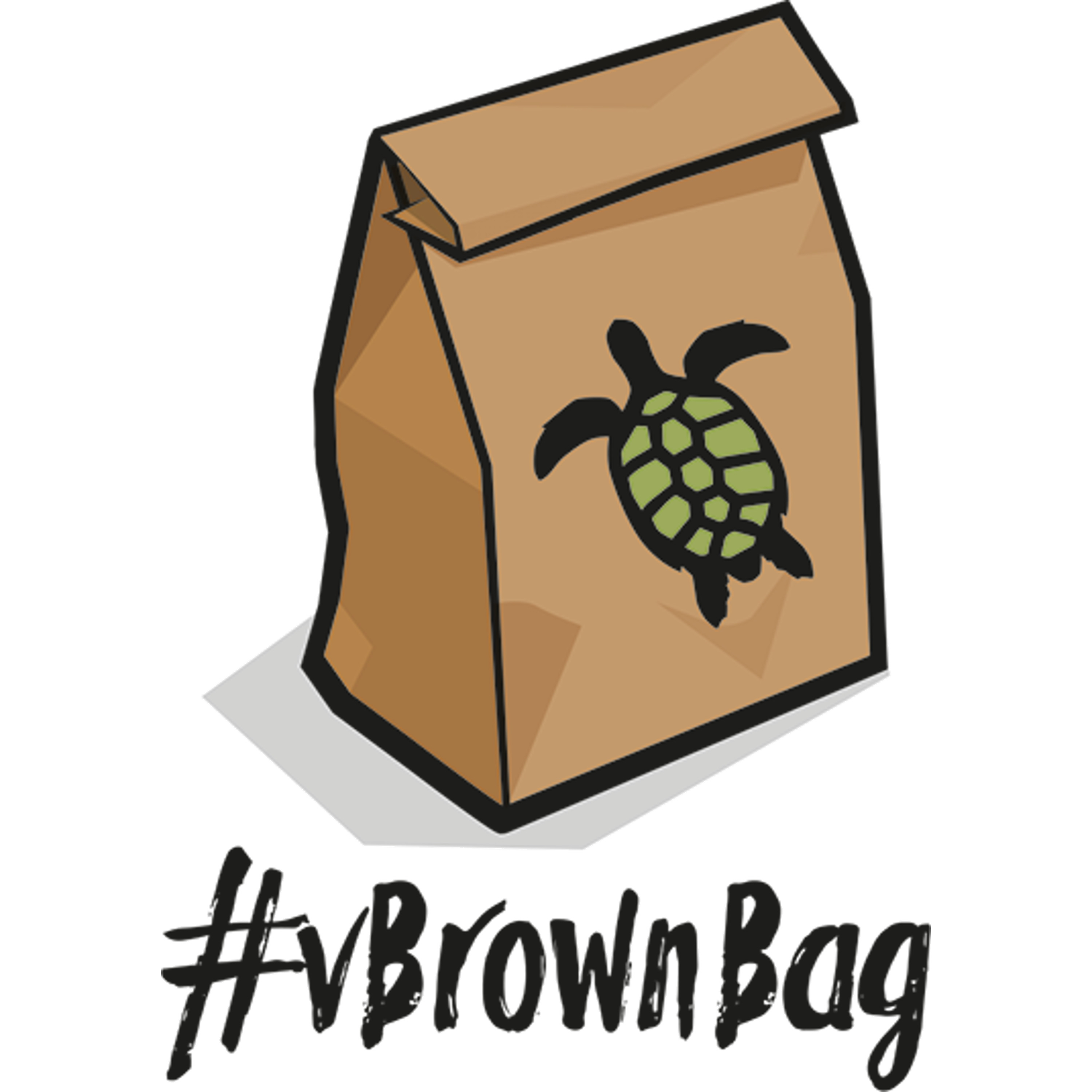HA “Deepdive” Page at Yellow-Bricks
Mr. Epping’s High Availability “Deepdive” page is definitely worth a read and a book mark. A VMware HA Cluster consists of nodes, primary and secondary nodes. Primary nodes hold cluster settings and all “node states” which are synced between primaries. Secondary nodes send their state info(resource occupation) to the primary nodes Nodes send a
-> Continue reading HA “Deepdive” Page at Yellow-Bricks
